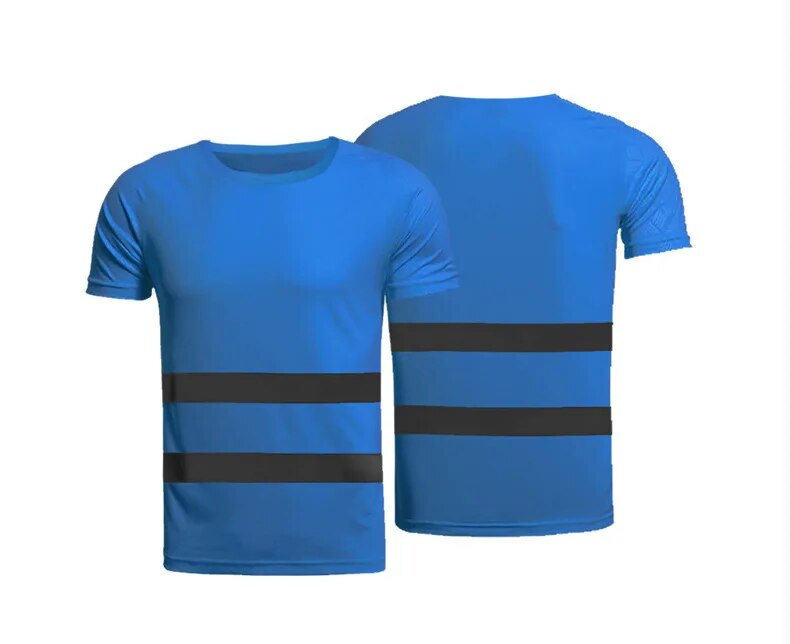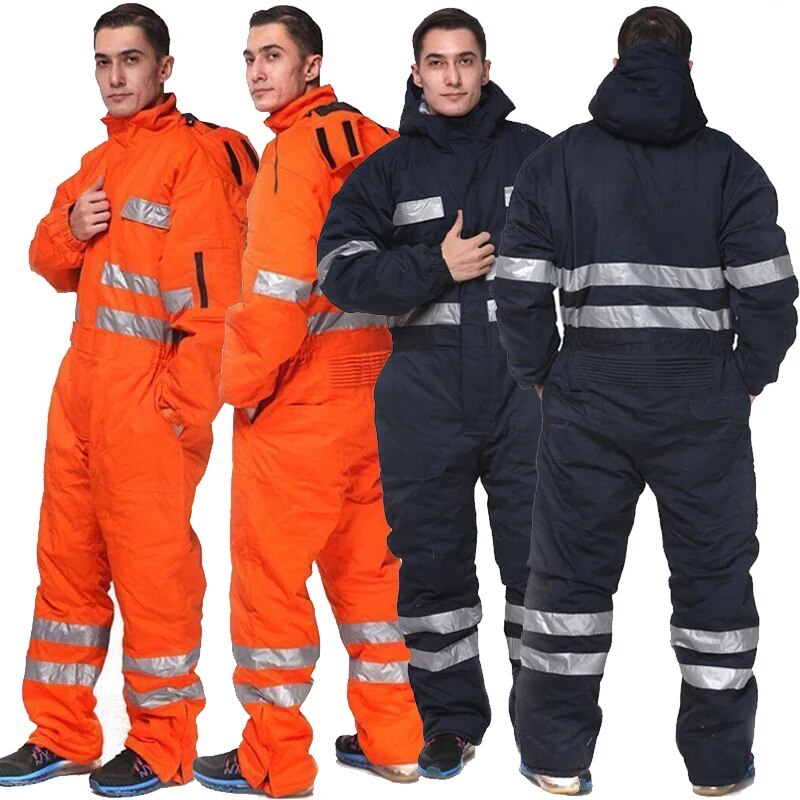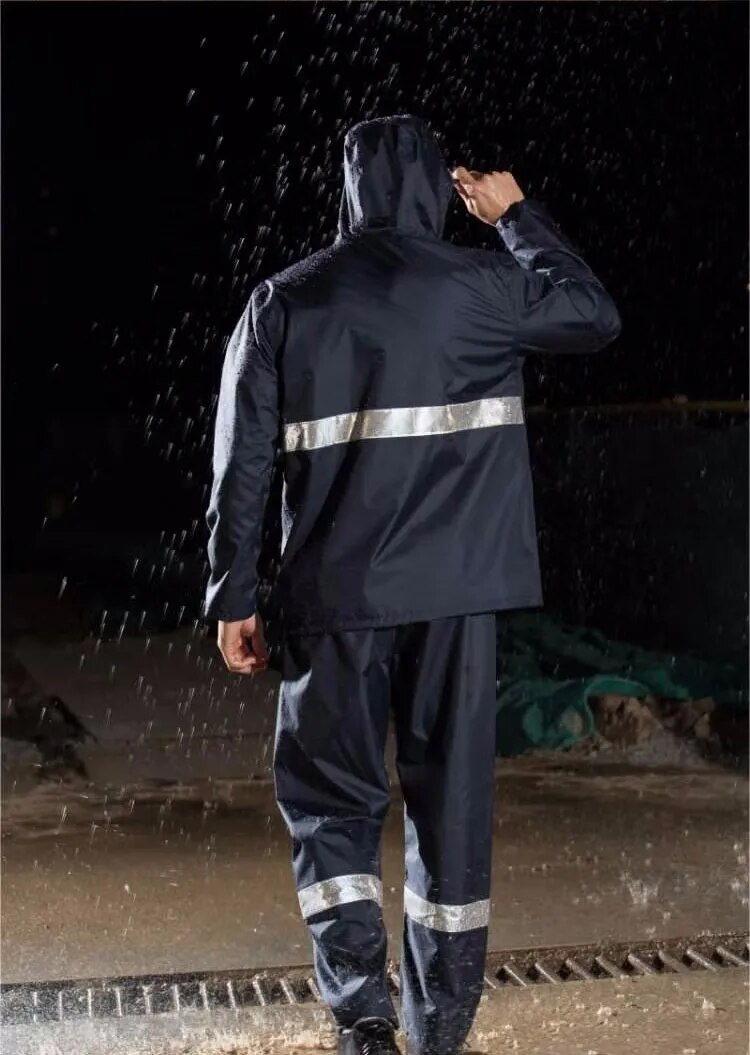
When it comes to versatile, timeless fashion staples, these clothe stands out as an absolute must-have. Loved by both gender across generations, these items are seamlessly combining casual comfort with classic style. The beauty of these items lies in its ability to bridge the gap between relaxed and refined—making it one of the most adaptable pieces in any wardrobe.
Picture this: you can throw on a collarless top with your favorite pair of jeans for an effortless, off-duty vibe. Or dress it up under a tailored jacket for an evening out, giving off that polished-yet-approachable charm. Even when lounging at home, these items provide unmatched softness and breathability, ensuring you feel cozy without sacrificing style.
What’s more, these items aren’t bound by seasons or trends. Whether you’re layering up during the crisp chill of fall, staying cool in spring, or pairing them with shorts in summer, they work all year round. Their iconic buttoned placket and collarless design make them a timeless choice that continues to evolve with contemporary fashion.
In this comprehensive guide, we’ll dive deep into the rich history of collarless tops, explore why they’ve remained a wardrobe essential for so long, and break down the many benefits they offer. Plus, we’ll share exactly where to find the best collarless for men and women to elevate your look with ease.
A Brief History of Henley Shirts
These items trace its roots back to 19th-century England, specifically to the small riverside town of brand-on-Thames. Known for its prestigious rowing regatta—the Royal Regatta—this town became the birthplace these items designed with functionality in mind. Originally, these items were an integral part of the rowers’ uniform. Crafted for maximum practicality, these items featured a unique collarless design paired with a buttoned placket that extended several inches down from the neckline. This thoughtful design provided rowers with the ability to adjust the opening, allowing better ventilation and a custom fit during intense rowing competitions.
The simplicity and practicality of these items quickly gained traction. Unlike the stiff, high-collared top popular at the time, the style’s soft construction and breathable nature offered a refreshing alternative—perfect for athletes and laborers alike. It wasn’t long before these items found their way beyond the rowing scene and into broader public use.
By the early 20th century, Henley shirts had evolved beyond sportswear, catching the eye of fashion-conscious individuals who appreciated their relaxed look and easy wearability. They became a symbol of understated masculinity—less formal than a dress yet more refined than a basic crewneck tee. Hollywood stars and cultural icons further propelled these items into mainstream popularity during the mid-20th century, solidifying its role as an effortlessly stylish option for men.
Fast forward to the late 20th and early 21st centuries, and the appeal of these items expanded beyond gent’s fashion. Women’s designers began incorporating the silhouette into their collections, recognizing its balance of comfort and chic minimalism. It became a unisex staple, celebrated for its versatility, flattering fit, and timeless charm.
Today, these items are embraced globally by fashion enthusiasts who value their history, functional roots, and effortless style. Whether made from soft cotton, breathable blends, or even luxurious fabrics, these clothes continue to stand the test of time—making them a must-have piece in modern wardrobes everywhere.
Benefits of Henley Shirts
Timeless Style
These items have truly stood the test of time. Their clean, collarless design and signature buttoned placket offer a unique aesthetic that never falls out of favor. Unlike trendy pieces that fade with the seasons, possess a classic charm that works year after year. Whether you’re going for a vintage-inspired look or a modern minimalist vibe, these items fit seamlessly into any style era.
Unmatched Versatility
One of the standout advantages of these items is their ability to bridge the gap between casual and semi-formal attire. Dress them down with a pair of jeans and sneakers for a relaxed weekend look or elevate them by tucking them into tailored trousers or pairing with a smart skirt and ankle boots. Their adaptability means they can transition from daytime casual to evening chic with just a few styling tweaks.
All-Day Comfort
Henley shirts are typically made from soft, breathable materials like cotton, modal, or high-quality blends. These fabrics allow for excellent airflow, moisture-wicking properties, and freedom of movement. Whether you’re running errands, working from home, or meeting friends for coffee, you’ll appreciate the all-day comfort without ever compromising your appearance.
Flattering Fit for Every Body Type
Thanks to their buttoned placket, these items allow wearers to customize the neckline. You can button up for a more structured, modest look or leave a few buttons open for a relaxed, laid-back feel. Additionally, these items come in various cuts—from slim-fit to relaxed—making them flatter on a wide range of body shapes and sizes. Their ability to highlight the shoulders and chest while providing room around the waist makes them universally appealing.
Perfect for Layering
These items are layering champions. During the cooler months, you can easily wear them under jackets, blazers, flannels, or cozy cardigans, adding depth and dimension to your outfit. When the weather warms up, they look just as great worn solo, keeping your look effortless yet polished. Their versatility makes them a key building block for year-round wardrobes.
Gender-Neutral Appeal
Originally designed for men, these items have been embraced since by women’s fashion and are now celebrated as a truly unisex style. Their simplicity and adaptability mean they flatter both gender’s silhouettes, making them a staple piece for anyone seeking a timeless, gender-neutral option.
Ease of Maintenance
Another underrated benefit of Henley shirts is how easy they are to care for. Most items are machine washable and made from durable materials that hold up well after repeated washes. Their resilient fabrics resist shrinking, stretching, and fading, so you can enjoy your favorite outfits for years to come without worrying about high-maintenance care routines.
Available in a Variety of Fabrics and Colors
From soft organic cotton and cozy thermal weaves to lightweight blends and ribbed knits, these items come in an array of fabric options to suit different seasons and preferences. Additionally, they’re available in virtually every color imaginable—from classic neutrals like black, white, and navy, to earthy tones, pastels, and bold statement shades—giving you endless ways to personalize your look.
Effortless Transition Piece
These items are perfect for days when your schedule demands versatility. Heading to the office, grabbing dinner, then meeting friends later? A well-styled outfit can transition effortlessly from professional to casual settings, saving you the hassle of changing outfits multiple times a day.
Where to Buy the Best Shirts
If you’re ready to elevate your wardrobe and invest in a timeless piece that never goes out of style, we’ve discovered the perfect destination for you: HenleyVibe.com. Specializing in premium these items for men and women, masterfully blends quality craftsmanship, contemporary design, and unbeatable comfort to create wardrobe essentials that are as practical as they are stylish.
Whether you’re revamping your closet, refreshing your seasonal essentials, or simply looking for that go-to piece you’ll reach for time and time again, has something tailored to your taste. Let’s dive into their standout categories you absolutely shouldn’t miss:
1. Shirts
Discover the perfect fusion of femininity and casual chic with Women’s Collection. Whether you’re after a fitted silhouette that enhances your shape or prefer a relaxed, oversized fit for ultimate comfort, there’s something here for every style preference.
From neutral basics to bold colors and patterns, you’ll find endless ways to express yourself. These items also come in a variety of sleeve lengths and breathable fabric options, making them ideal for layering, dressing up, or wearing solo throughout the year.
Why You’ll Love It:
- Available in classic shades and on-trend hues
- Made from soft, breathable fabrics that move with you
- Flattering fits designed for all body types
- Effortlessly versatile — perfect for casual brunches, office outfits, or cozy evenings
2. Henley T-Shirts
For those who love the ease of a classic style but want something with a little extra flair, Henley T-Shirts collection is your go-to. These items combine the everyday comfort of a tee with the elevated appeal of the brand’s signature buttoned placket, creating a piece that feels both familiar and refreshingly new.
Whether you’re lounging at home, running errands, or heading out for a casual hangout, these items add a touch of sophistication without sacrificing comfort.
Why You’ll Love It:
- Classic placket meets the laid-back comfort of your favorite tee
- Easy to dress up or down
- Available in a range of cuts, colors, and fabrics
- Ideal for layering under jackets, cardigans, or wearing solo on warmer days
3. Henley Shirts for Men
A true wardrobe essential, click here for collection it is designed with versatility and durability in mind. Whether you’re aiming for a rugged, masculine edge or a polished, refined look, these items fit the bill.
Choose from long sleeve styles to keep warm during colder months, or short sleeve options for effortless summer styling. Crafted from premium materials, these items are built to last while providing maximum comfort and a tailored fit.
Why You’ll Love It:
- A versatile must-have that transitions effortlessly from day to night
- Crafted with premium, long-lasting fabric
- Available in both long sleeve and short sleeve styles to suit any season
- Perfect for casual wear, work-from-home days, or dressed up for semi-formal occasions
Why Shop at Henley Vibe?
Beyond their diverse range of these items, they stand out for its dedication to quality, comfort, and customer satisfaction. Every piece is thoughtfully designed with attention to detail, ensuring you receive a product that looks great, feels great, and lasts for years to come. Their user-friendly website makes browsing and shopping a breeze, and they offer a seamless purchasing experience from start to finish.
Elevate Your Look Today
Ready to upgrade your wardrobe with timeless essentials? Don’t wait and explore their full collection of these items for men and ladies. Whether you’re aiming for cozy comfort, everyday ease, or sharp sophistication, you’ll find the perfect to suit your style. Your next favorite is just a click away!
How to Style Henley Shirts
For Women:
- Casual Chic: Pair these items with classic skinny jeans or distressed denim, ankle boots, and a crossbody bag. Add a statement belt or sunglasses for extra flair. Roll up the sleeves for a laid-back touch—perfect for brunches, shopping trips, or casual meetups.
- Polished Look: Elevate your items by tucking a fitted style into a high-waisted midi skirt. Add heels or block-heeled ankle boots and layer with a structured blazer. This outfit effortlessly balances femininity and modern chic, making it ideal for casual Fridays at the office or dinner dates.
- Relaxed Comfort: For cozy days spent lounging or running errands, opt for an oversized items paired with black leggings or joggers. Complete the look with white sneakers, a messy bun, and a slouchy tote bag. A light denim or utility jacket thrown over the shoulders makes this ensemble effortlessly cool.
- Boho Vibes: Team a loose, slightly oversized with flowy maxi skirts, layered necklaces, and suede ankle boots. Add a floppy hat or fringe bag for that free-spirited, bohemian-inspired touch.
- Athleisure Ready: Choose a slim-fit, pair it with biker shorts or high-waisted yoga pants and finish off with sporty sneakers and a zip-up hoodie or windbreaker. This look is perfect for gym sessions, morning jogs, or casual strolls.
For Men:
- Classic Casual: A timeless combo: pair a neutral or dark-colored Henley shirt with well-fitted dark denim jeans and loafers or desert boots. Roll up the sleeves and add a leather bracelet or watch for a relaxed yet put-together weekend outfit.
- Layered Edge: Wear a long sleeve under a leather jacket, bomber jacket, or denim jacket. Pair with chinos, slim-fit jeans, or cargo pants for an effortlessly cool vibe. Add sunglasses and clean sneakers or boots to complete the look.
- Smart-Casual Twist: Tuck a crisp, neutral-toned into tailored trousers. Throw on a lightweight blazer or cardigan, and finish with dress shoes and a sleek wristwatch. This style is ideal for date nights, casual office days, or events where you want to strike the right balance between dressed up and relaxed.
- Rugged Outdoors: opt for a thermal or waffle-knit layered under a flannel or puffer vest. Combine with dark jeans, hiking boots, and a beanie. Whether you’re heading for a nature hike or just braving colder temps in style, this look delivers warmth and functionality.
- Minimalist Streetwear: For an urban, minimalist aesthetic, go monochrome. Pair a black or white with tapered joggers, a bomber jacket, and clean white sneakers. Add a simple baseball cap or beanie to tie it all together.
Final Thoughts
These items have effortlessly transcended fleeting fashion trends, cementing themselves as a staple in modern wardrobes. From their humble beginnings on the rowing teams of 19th-century England to their iconic status today, have continually evolved without ever losing their core appeal. They are a testament to the idea that simplicity, when done right, never goes out of style.
One of the greatest strengths of Henley shirts lies in their adaptability. Whether you’re dressing up or keeping it casual, heading out for an adventure or staying in for a cozy evening, these items transition seamlessly between settings. They cater to diverse personal styles—whether you prefer classic, sporty, edgy, or minimal looks. No matter how you choose to wear them, you’ll always feel effortlessly polished and comfortable.
Additionally, these items offer more than just style—they provide functionality, breathability, and ease of movement, making them ideal for year-round wear. Layer them during colder months or sport them solo when temperatures rise; the possibilities are endless.



